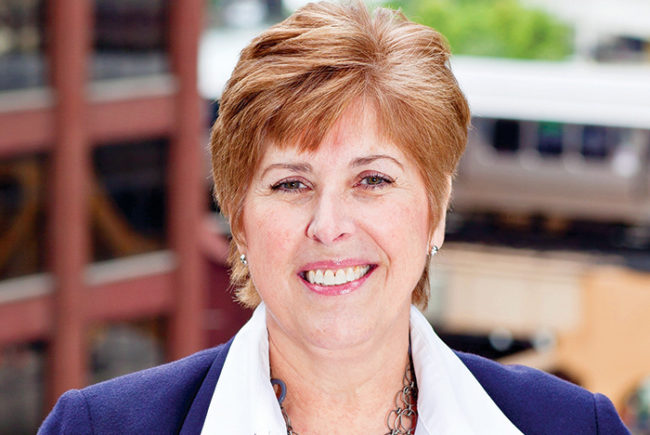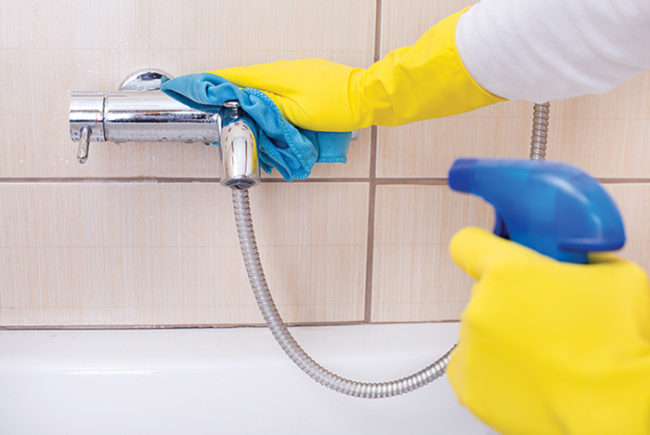I can recall watching one of my daughter’s soccer games last season. The clock ending the first half was winding down and we were literally getting clobbered. That’s when the coach asked the referee for a time-out, and when the whistle blew, the girls took the field with a renewed drive. Our team went on to defeat its rival team.
That’s when an epiphany hit me like a spot kick. Workers’ compensation claims were steadily on the rise in our hospital’s environmental services department. We had been looking for a true breakthrough — something dramatic to bring about appreciable, sustainable change. We really needed to take a step back and regroup, like that soccer coach needed a time-out.
That very nexus — where it all spliced together — took the form of one session. An exercise whose moniker was borrowed from military nomenclature, and from the Japanese “Andon” principle in Lean manufacturing: a stand-down.
The Department of Labor describes a safety stand-down as a voluntary event for employers and employees to engage in open, honest, objective, poignant dialogue about safety in the workplace.
A safety stand-down provides an opportunity for employers and workers to take a step away from the operation and talk openly and honestly about hazards, protective methods and, most importantly, discuss how injuries are happening. From there, the department can get back to basics, make agreements and revisit and clarify safety policies, goals, tasks and expectations.
According to the Occupational Safety and Health Administration (OSHA), different companies conduct safety stand-downs in different ways, so that they work best for their individual workplace concerns. Our department focused primarily on the safe use of chemical products and body mechanics.
We borrowed a number of OSHA’s published recommendations:]
- Designate coordinators to organize the stand-down.
- Invite senior leadership, but empower front-line staff to lead.
- Review your injury-prevention program and injury data in advance.
- Develop talking points.
- Promote the stand-down. Try to make it interesting to workers. Facilitate your stand-down. Make it positive and interactive.
- Follow up on takeaways that could improve your program.<
It worked! In addition to taking the opportunity to focus and talk about safety, the stand-down sessions really engaged front-line staff. They felt a new sense of ownership and, subsequently, we enjoyed several consecutive injury-free months and, that year, we led our organization’s Southern California region in injury reduction.
Amber Cabrera is an injury-prevention coordinator for Kaiser Permanente's Southern California region.
AHE INSIGHTS
Valuable resources available from AHE
Visit AHE's website to learn more about the following resources.
Practice guidance available
Practice Guidance for Healthcare Environmental Cleaning, second edition, helps to define and advance the professionals responsible for care of the health care environment to ensure high-quality outcomes and healthy communities. This manual provides evidence-based research, guidance and recommended practices that should be considered for inclusion in health care environmental services departments. Because each facility has its own needs, this resource has been designed to enhance an existing program.
Certificate of Mastery in Infection Prevention
This certificate is a robust program that provides environmental services professionals with requisite knowledge to meet the Centers for Medicare & Medicaid Services' requirements for a trained professional in infection prevention and control specific to the clinical environment of care.
Certified Healthcare Environmental Services Technician Certificate
This certification focuses on critical areas of competency for front-line technicians, including infection prevention, quality of care, patient outcomes and experience.




